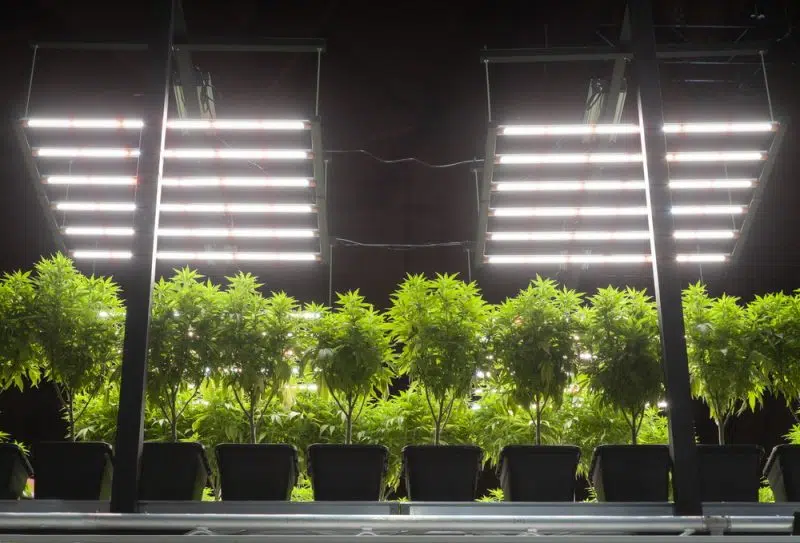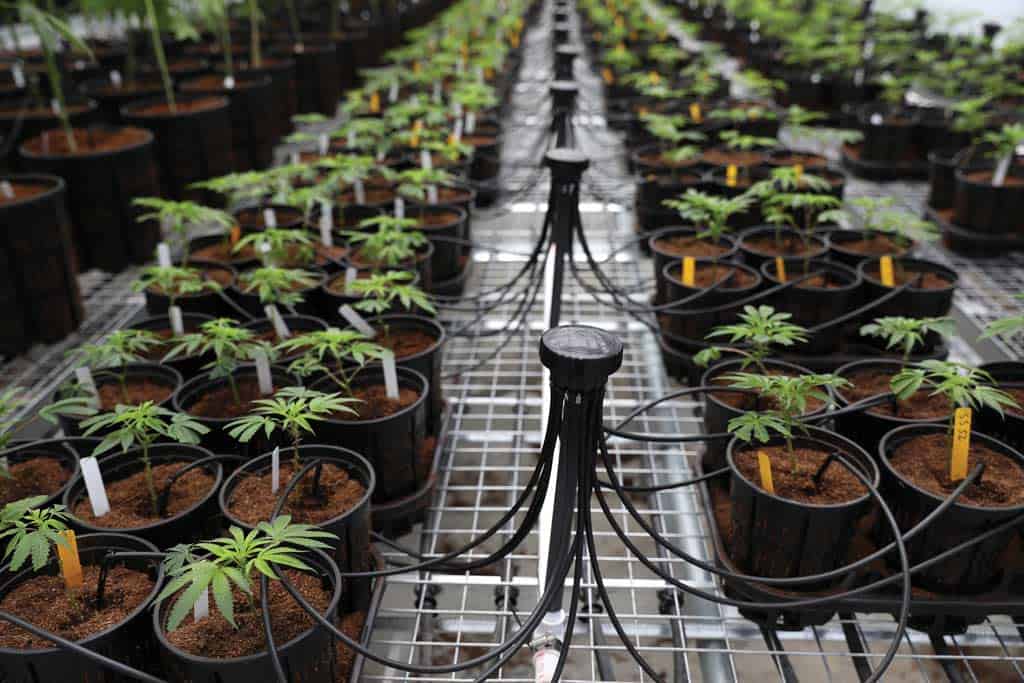Introduction
Outdoor cultivation of cannabis is a topic that draws interest from gardeners, researchers, policymakers, and people curious about horticulture and botanical medicine. Because laws and regulations around cannabis cultivation vary widely by country, state, and municipality, practical, how-to guidance can be legally and ethically sensitive. This article provides a high-level, non-actionable overview of the cannabis plant, the broad environmental factors that influence outdoor growth, and the legal and safety considerations anyone researching the subject should understand. It also offers constructive alternatives and resources for those who want hands-on experience with outdoor growing in a lawful way.
Understanding the Plant: Biology & Lifecycle

Cannabis is an annual flowering plant that has been cultivated for centuries for fiber, seed, oil, and medicinal or recreational uses. It exhibits sexual dimorphism—male and female plants have different reproductive roles—and genetics strongly influence traits such as growth habit, cannabinoid profile (CBD, THC, and other minor cannabinoids), terpene scent, and stress tolerance. The plant’s lifecycle moves from germination to vegetative growth and then to flowering; the timing of these phases is shaped by genetics and local seasonal conditions. Researchers study these biological patterns to understand chemistry, breeding potential, and environmental resilience.
Broad Environmental Needs
Like many outdoor crops, cannabis responds to fundamental ecological inputs: light, air, water, soil quality, and appropriate seasonal timing. At a high level:
- Light: Photosynthesis drives growth in any plant; sunlight availability is therefore a major factor in overall vigor and potential biomass.
- Airflow & Microclimate: Adequate air movement reduces disease pressure and supports healthy foliage; local microclimates can substantially affect plant performance.
- Soil Health: Well-structured soil with organic matter and balanced nutrient availability supports root development and microbial life. Soil ecosystems play a large role in plant health across crops.
- Water: Consistent moisture management without waterlogging supports root function; water availability and timing should match local climate patterns.
- Seasonal Timing: Outdoor annuals must align their growth cycle with local seasons to reach flowering and maturity before adverse weather.
These categories are intentionally broad because specific recommendations can be illegal in some jurisdictions and highly dependent on local conditions and regulations.
Pest, Disease, and Ecological Considerations
Outdoor plants exist inside living ecosystems, so good gardeners treat pest and disease management as a practice of working with nature rather than fighting it. Integrated Pest Management (IPM) and habitat-friendly approaches give you a framework for that — they reduce chemical use, protect beneficial species, and help maintain long-term garden health. Here’s a more detailed look at what that means in practice (high-level, non-prescriptive):
1. Start with careful observation
Regular, systematic monitoring is the foundation of IPM. Walk your garden often and take note of plant vigor, insect activity, leaf damage, wilting, or unusual growth patterns. Keeping simple records (dates, symptoms, weather) helps you spot trends early and distinguish a short-lived problem from a developing one. Observation-oriented management avoids knee-jerk, unnecessary interventions.
2. Know the helpful organisms
Many insects and animals are garden allies: predatory insects (ladybugs, lacewings), parasitoid wasps, ground beetles, spiders, birds, and bats help keep pest populations in check. Encouraging these natural controllers reduces the need for artificial measures. Habitat elements—flowers for nectar, native plants for shelter, and water sources—support beneficial populations and improve ecosystem resilience.
3. Favor cultural and preventative controls
Cultural practices change the environment so pests and diseases are less likely to establish. Examples of this high-level approach include maintaining healthy soil, appropriate spacing for airflow, timely pruning to remove diseased material, and rotating crops or plant varieties in larger plantings. These methods are preventive rather than reactive and often give the best long-term return on effort.
4. Use targeted, least-toxic interventions when necessary
IPM promotes a hierarchy: try observation and cultural controls first; if pest levels cross an action threshold and intervention is justified, use the least-disruptive option that addresses the problem. This might mean targeted removal of infested material, using physical barriers or traps, or carefully chosen biological controls. The guiding principle is specificity — treat only what needs treatment, and avoid broad-spectrum approaches that harm beneficial species.
5. Emphasize biological and mechanical options over broad chemical use
When control is required, biological controls (predators, parasites, microbial products approved for use on the crop) and mechanical actions (hand removal, physical barriers, or localized traps) are preferable because they preserve ecological balance. Broad chemical sprays can knock back both pests and their natural enemies, creating cycles of boom-and-bust that worsen problems over time.
6. Design the site for biodiversity and resilience
A habitat-friendly garden often weaves in native flowering plants, hedges, and structural diversity (layers of vegetation, brush piles, stones) to provide food and shelter for beneficials and pollinators. Buffer zones with native plants, minimal turf, and reduced bare soil encourage beneficial fauna and reduce erosion and runoff. Diverse plantings are less likely to suffer catastrophic loss than monocultures.
7. Take a seasonal, systems view
Pest pressure and disease risk change with seasons and weather. IPM is not a one-off action but an ongoing cycle of monitoring, prevention, decision-making, and evaluation. Adapting to seasonal cues and learning from past years helps you refine strategies and reduce inputs over time.
8. Prioritize environmental and community impacts
Whatever controls you choose, consider downstream effects on water, pollinators, and neighbors. Use materials and methods that minimize runoff and non-target harm, and follow local guidance or regulations on pesticide use. When possible, favor solutions that are safe for children, pets, and wildlife.
9. Education and collaboration
Local extension services, gardening groups, and native-plant societies can help identify pests and recommend region-appropriate, legal, and ecologically sound approaches. Sharing observations with a community of gardeners also helps everyone learn which practices work best locally.
Taken together, these IPM and habitat-friendly principles shift gardening from reactive pest eradication to proactive ecosystem stewardship. The result is healthier plants, richer biodiversity, and a garden that functions as part of the broader landscape rather than as an isolated patch.
Legal and Regulatory Framework
Laws governing cannabis cultivation differ dramatically:
- Some jurisdictions completely prohibit cultivation.
- Others allow regulated cultivation under license (commercial) or in limited quantities for personal use, often with strict rules on location, plant counts, security, testing, and sale.
- Hemp (defined in many places as cannabis with very low THC) is regulated differently and can be legally cultivated under certain programs.
Anyone exploring outdoor cannabis cultivation should first consult local statutes, licensing authorities, and municipal codes. Regulatory compliance is not optional where rules apply—failure to follow local law can lead to fines, plant seizure, or criminal penalties. If you are researching for academic, journalistic, or policy purposes, official government resources and extension services are the most reliable references.
Environmental Stewardship & Best Practices
When working with any outdoor crop, consider environmental stewardship:
- Protect water resources: Use water responsibly and follow local water regulations.
- Avoid off-label pesticides: Use only products approved for the crop and jurisdiction, and follow label directions.
- Support soil health: Organic matter and minimal erosion protect long-term productivity for any land use.
- Respect wildlife and neighbors: Outdoor operations should minimize nuisance impacts and preserve surrounding habitat.
These principles apply broadly and are consistent with sustainable agriculture.
Alternatives for Hands-On Experience
If you’re interested in gaining practical gardening experience but must avoid legal risk, consider these lawful alternatives:
- Grow legal hemp where permitted—many regions have licensing or research programs for low-THC hemp varieties.
- Cultivate legal medicinal or aromatic herbs such as lavender, chamomile, lemon balm, and rosemary, which share many outdoor cultivation principles with cannabis.
- Volunteer in a community garden or join an agricultural extension course to learn soil building, pest management, and seasonal planning.
- Indoor horticulture courses and botanical workshops often teach propagation, plant nutrition, and pest identification in safe, lawful contexts.
Research & Resources
For authoritative, region-specific guidance, consult:
- Local agricultural extension services or university horticulture departments.
- Official government pages on cannabis/hemp regulation and licensing.
- Peer-reviewed scientific literature for plant biology and chemistry topics.
- Books and accredited courses on general horticulture, integrated pest management, and soil science.
These sources provide reliable, accountable information that supports legal and ethical activity.
Also Read: Cannabis and Women’s Health: Can It Help with PMS, Menopause, and More?
Conclusion
Interest in outdoor cannabis cultivation raises important questions about plant biology, ecology, law, and public policy. Because cultivation can be legally restricted, the responsible approach is to prioritize accurate, non-actionable knowledge and to consult local authorities before taking any practical steps. Many constructive, legal pathways exist for hands-on learning—growing hemp where permitted, cultivating legal herbs, or joining community gardening programs—all of which teach the same ecological and horticultural principles that underlie outdoor cultivation. If you’d like, I can create a follow-up piece focused on legal hemp programs, a beginner’s guide to planting medicinal herbs, or a curated list of extension resources for your region. Which would you find most useful?

